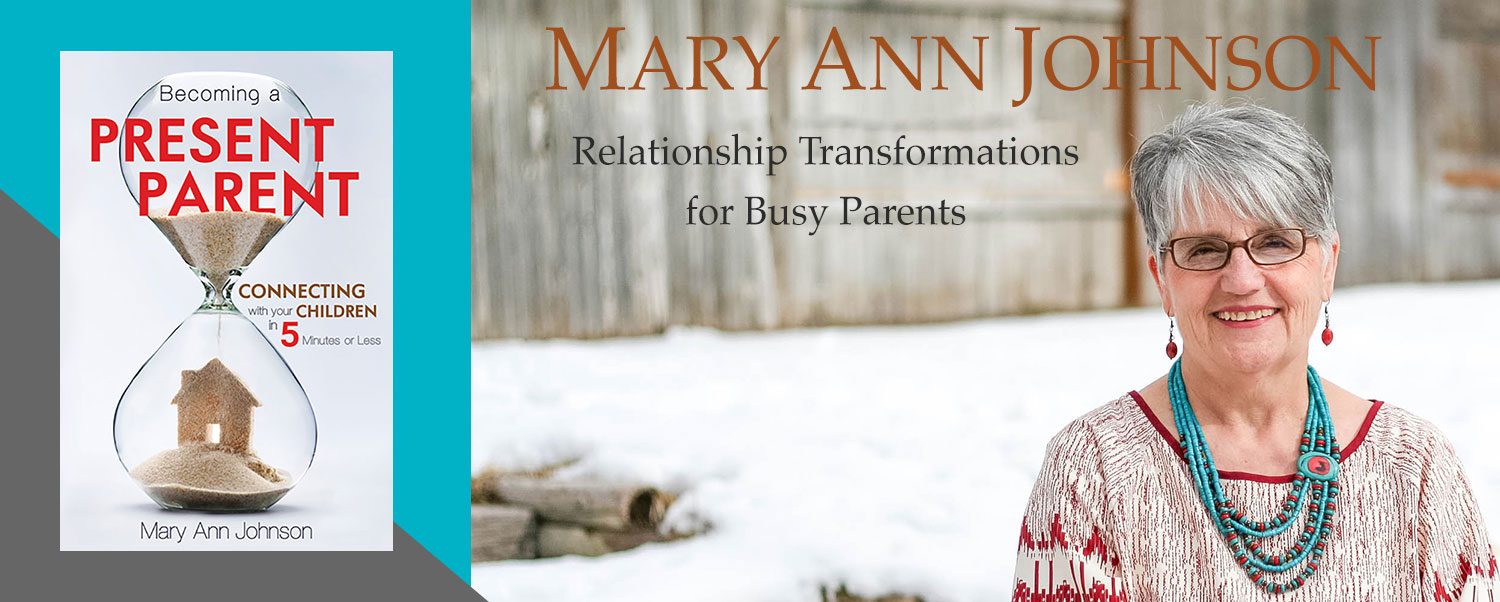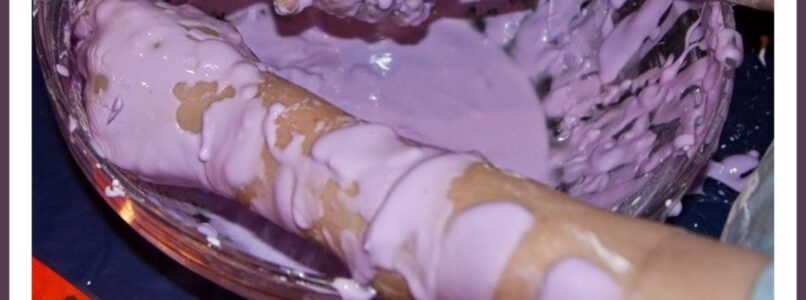 Two weeks ago, I shared a few examples of how useful and fun seeing and responding to your children’s Sparks can be. I explained sparks and how they can help you and your kids connect.
Two weeks ago, I shared a few examples of how useful and fun seeing and responding to your children’s Sparks can be. I explained sparks and how they can help you and your kids connect.
Last week I illustrated how you can Spark your kids and give them interesting and fun opportunities for learning. This week is more of the same. : )
I have written about sparks, kids, and the connection between the two for almost fifteen years. I’ve watched for and used sparks with my grands all that time.
When I switched from the homeschool community to the broader parenting community, I didn’t share this information as often. However, I LOVE using sparks and in the coming weeks, I will share more because the better you are at seeing your kids sparks and sparking them, the more fun, learning, and connection you will have in your home. It’s important to remember that what we think of as play can be, and is, learning for children and sometimes teens. : )
Last week I talked about doing a treasure hunt of my home and shared two activities we did from what I found in my kitchen. Today’s ideas are also from that kitchen list.
The first item on the kitchen list was cornstarch. I’ve used this medium with children for over 45 years. My kids, who are adults, LOVE this activity when we get together. We all pretend it’s for their kids, but we know the truth. LOL Unfortunately, when my children were small, I didn’t understand that learning could accompany fun. I didn’t know why cornstarch behaves the way it does, and the internet didn’t exist. Gaining information was more challenging. Now, the good Spark-seeing person I have become does internet sleuthing and you can too.
Corn Starch Quicksand, a Non-Newtonian Fluid. : )
Mix a box of cornstarch with water. When you mix cornstarch and water you want it to have the consistency of honey. One box of cornstarch takes approximately 1 to 2 cups of water. You will have to work a bit to get the consistency right.
When mixed you can teach your kids a few things. Have them sink their hands into the bowl of “cornstarch quicksand” and notice its unusual consistency. Compare what it feels like to move your hand around slowly and quickly. You can’t move your hand very fast! The faster you move your hand, the more solid the cornstarch becomes.
Sink your entire hand into the goo and try to grab the fluid and pull it up. That’s the sensation of sinking in quicksand! Skim your finger on top of the cornstarch mixture. What do you notice? Grab a fist full and squeeze. What happens? Release the pressure on the concoction in your hand. Now what happens? Roll the fluid between your palms to make a ball.
The cornstarch and water mixture acts like both a solid and a liquid. This concoction is an example of a suspension – a mixture of two substances, one of which is finely divided and dispersed in the other. In the case of the cornstarch quicksand, it’s a solid, cornstarch, dispersed in a liquid, water.
Viscosity is how easily a liquid will flow. Water and honey are both liquids, but they flow differently. Sir Isaac Newton said that viscosity is a function of temperature. If you heat honey, it flows better than when it’s cold. The cornstarch and water mixture is an example of a non-Newtonian fluid because the viscosity changes when force is applied, not when heat is applied. Don’t you feel smart now? LOL
How To Use This Project With Your Family
Let’s say you have children ages, 2, 5, 9, and 15. Put a box of cornstarch unopened in a bowl. Put an index card with a link for information in the bowl. Place a children’s book about Sir Isaac Newton next to the bowl. Add a book on quicksand or swamps. Have a bag of small plastic animals, including those that live in swampy areas. Provide the recipe for how to make “cornstarch quicksand”.
When your family gathers for the activity, someone may ask “Mom what is this”? The best answer is “Cornstarch, check it out”. Then wait! Let them look at the recipe. Some will grab the books. Explain that they are going to make some cornstarch quicksand. Direct them when they need help. Let them experiment with it. Don’t stress over the outcome. Have fun.
When you are done making a delightful mess with the cornstarch, they may look at the books, ask you to read them, or not be interested till the next day, when they find them on the coffee table. Share your thoughts right then or have a dinner conversation later. You have been a student yourself and so when they ask you why or how it does what it does you can share what you have learned, or you can take them on a journey and help them discover the answers.
Have a conversation. Let it go where it goes without a preplanned agenda. They may want to take the cornstarch to the sandbox and make a swamp with plants and animals. Let them. (Add a few drops of food color for more fun)
While the older kids are making quicksand and experimenting with it, pour some liquid cornstarch on the table and let your 2-year-old and 5-year-old play. Because of the viscosity issue, you can add a spoon, plastic knife, fork, etc. because they can be used to harden the mixture.
For another family activity use pudding or a cookie recipe. As before, play, and don’t forget to lick your fingers. Talk about why the pudding doesn’t act like the cornstarch. It is, after all a more Newtonian fluid.
Another time make cornstarch play dough or use pre-made play dough depending on the ages and interests of your children. See the recipes below. On the website you will find recipes.
Clean-up Is Easy
Cornstarch dries and can be vacuumed up like any powder and if some is left take a damp cloth to it. The cornstarch and water will separate so don’t pour it in your sink, as it can cause a clog. If saved for later play, put it into a zip lock bag. That’s also how to dispose of it. When using pudding and some of the other ideas prepare for some mess. As you know, sparks are usually the thing that is bugging you or making a mess. LOL There are many ways to use cornstarch over a few days, weeks, or months.
More Cornstarch Uses For Interest and Fun.
1. You can let children sprinkle cornstarch all over the carpets. For easy sprinkling pour
the cornstarch into an old parmesan cheese container or a large spice shaker. Let it sit
for thirty minutes while you read a story to them and then let them help vacuum it up.
They will have fun and you will have fresh-smelling carpets.
2. If you have a dog your kids will love this. Use the same shakers. Let the kids sprinkle
Fido and then brush it out for a fresh-smelling pooch.
3. Mix it with water for glue.
4. Make finger paint by boiling ¼ c. cornstarch in 2 cups of water. Add a few drops of food
color. Cool.
5. Make face paint by mixing 2 parts cornstarch with one part vegetable shortening and then
add some food color. Get a book on face painting from the library. You could also add a
book on the History of Clowns with great pictures. Maybe you can find someone in your area
who is a part-time clown or juggler and invite them to your home to share with your
children. When my son was eleven, he took clowning lessons from a neighbor and did
little shows at nursing homes. He learned to juggle and had a ball.
Can you see how much fun your children will have learning about a new substance, all from utilizing a spark that you light a fire under? So, treasure hunt your house. You may find a spark worth lighting for exceptional family fun.
RECIPES
Cornstarch Playdough
2 c. white flour
1 c. salt
½ c. cornstarch
1 Tb. Alum
1 Tb. Oil
2 c. colored water
Put all dry ingredients in a large pan and stir together well. Add all liquid ingredients and stir well. Place on low heat stirring constantly until it looks like clay. You will be able to tell. Take it out of the pan and knead. Keep the playdough in a closed container. Alum is a must-have ingredient. Buy it in any grocery store in the spice aisle. It is a drying agent and keeps the dough from becoming sticky. This will keep a long time if kept in an air-tight container. You can use baby oil, cooking oil, or glycerin. Eventually, the cooking oil will go rancid but usually, the clay has been played into oblivion long before that. Baby oil will scent the clay.
Edible Playdough
1 ¼ c. dry powdered milk
1 c. peanut butter
1 c. cornstarch
1 ¼ c. powdered sugar
Mix dry milk and peanut butter. Add sugar and cornstarch. Knead till smooth.
Store in an airtight container until all gone, and that shouldn’t take too many days!
Mexican Wedding Cookies
1 ½ c. cornstarch
1 ½ c. powdered sugar
3 c. flour
3 sticks of butter, softened
½ to 1 c. finely chopped walnuts or pecans
Mix ingredients. I use my hands as that works best. This is right up your child’s alley! The dough will appear to be dry and crumbly sometimes. Just remember the cool aspects of cornstarch. Take some in your hand, squeeze, and press it until you have a ball about the size of a walnut. Place it on a cookie sheet and bake at 400 degrees for 10-12 minutes. Roll warm cookies in powdered sugar. Let them cool just enough so they don’t fall apart. These are very tender cookies when they are hot. This is one of my favorite cookies!







